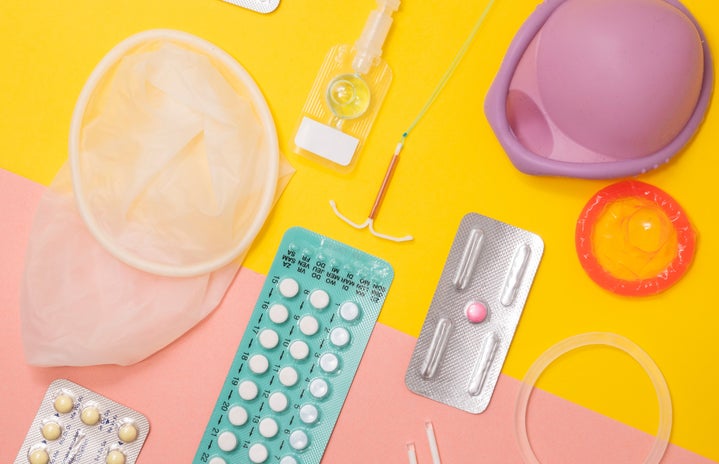An article by outside contributor Olivia Freed from Hawai’i Pacific University
I am sure this is the case for most people reading this, but my high school did not have sufficient sexual education. Sure we covered the basics, but it was all very… hetero-normative and cis-normative. We covered condoms, different forms of birth control, and abstinence. I have learned that for a large population of people, these methods don’t always apply. Studies have shown the LGBTQ+ youth are disproportionately affected by sexual health concerns.3 All that being said, I took it upon myself to learn ways that non-hetero people can practice safe sex and things that your high school sex education might have left out. I’d like to share some of those facts with you.
-
Penetration is not the only “real” sex.
Sex means something different to everyone. Sex can include penetration, oral sex, sex with hands, and sex with toys. All of these methods can be made safer for you and your partner, such as oral sex barriers, to prevent the spread of STDs or STI’s.1
2. Anyone can get STIs. You are not exempt.
There is a large misconception that certain forms of sex will not give you an STI. Studies have shown that lesbians, in particular, are more prone to STI’s as there is a stereotype that they cannot get infected. The risk is lower for partners with two vulvas, but it is still there.3 Negative stereotypes and lack of more updated Sex Education classes like these are what causes more people to go out and practice unsafe sex and ultimately becoming infected with STIs.
3. Condoms are not the only form of protection.
Condoms are great for preventing STI’s from intercourse and oral sex. Healthcare workers recommend the use of lubricant with a condom to prevent breakage. You can also use an internal condom. For oral sex, latex barriers like a condom or dental dam can increase the safety for you and your partner. For sex with hands, gloves are recommended as well as trimming fingernails to prevent bacterial spread. Remember to wash your hands! Toys should be used with a latex barrier and should not be shared if they have come in contact with any bodily fluids. It is also important to remember preventative measures like STI testing. It’s important to ask a partner if they have been tested recently.2
Contrary to popular belief, not every teenager is practicing regular sex, but these tips can help you be safer if you do. For more information please refer to the resources below:
-
“7 Things They Should’ve Taught You In Sex-Ed But Didn’t.” One Love Foundation, 2 Nov. 2018. www.joinonelove.org, https://www.joinonelove.org/learn/7-things-shouldve-taught-lgbt-inclusive-sex-ed-didnt/.
-
“LGBTQIA Safe Sex Guide.” Healthline. www.healthline.com, https://www.healthline.com/health/lgbtqia-safe-sex-guide. Accessed 21 Apr. 2020.
-
Slater, Hannah. “LGBT-Inclusive Sex Education Means Healthier Youth and Safer Schools.” Center for American Progress, 21 June 2013. www.americanprogress.org, https://www.americanprogress.org/issues/lgbtq-rights/news/2013/06/21/67411/lgbt-inclusive-sex-education-means-healthier-youth-and-safer-schools/.


